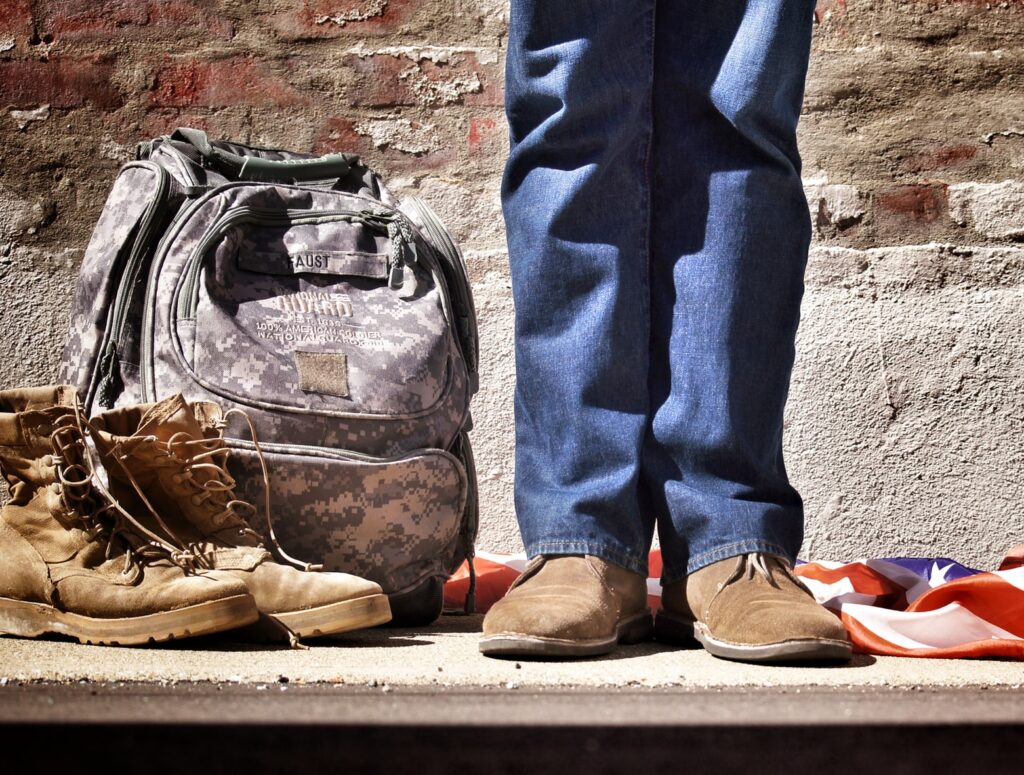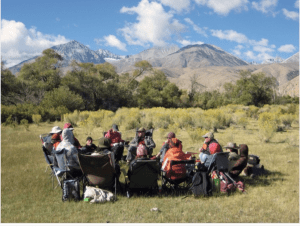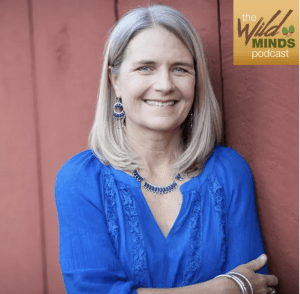
Effects of a Rites of Passage Ceremony on Veterans’ Wellbeing
Seattle University Study based on 2017 WA Veteran’s Fast
Abstract
Mixed methods were used to assess the impact of a Veterans Vision Fast program on five veterans’ mental health. PTSD, depression, psychological flourishing, life satisfaction, and wellbeing were measured twice before and twice after the program using a data collection app. Semi-structured interviews assessed veterans’ perceived experiences. We found significant
overall changes and large effect sizes in each outcome over six weeks, and several themes emerged from veterans’ responses. The program positively affected veterans’ lives. Keywords: vision fast, veterans, posttraumatic stress, nature-based
Collaborateurs:
Arie T. Greenleaf
Seattle University
Kevin M. Roessger
University of Arkansas-Fayetteville
Joseph M. Williams
University of Virginia
Jaimie Motsenbocker
Seattle University
_________________________________________________
About one-third of the 2.2 million U.S. veterans having served in Afghanistan and Iraq since 2001 suffer from symptoms of posttraumatic stress disorder (PTSD) and depression (Schell & Tanielian, 2011; The National Council for Behavioral Health, 2012; Thomas, Wilk, Riviere,
McGurk, Castro, & Hoge, 2010). Only half of these veterans currently receive medical and psychological evaluation or counseling (The National Council for Behavioral Health, 2012). The consequences for those who don’t can be dire: High rates of unemployment, divorce, suicide, substance abuse, and homelessness abound (Prigerson, Maciejewski, & Rosenheck, 2001; Tanielian & Jaycox, 2008).
Increasingly we are learning that transition services are critical. The U.S. Department of Veterans Affairs (VA) has invested heavily in evidence-based treatments, particularly prolonged- exposure therapy (PE) and cognitive processing therapy (CPT). Ample evidence shows these to be effective treatments (Institute of Medicine, 2007). Yet, between 30% to 50% of those treated by these therapies fail to show improvement in their symptoms, and the attrition rate is approaching 40% (Schnurr, Friedman, & Engel, 2007). As high as 60% of veterans of recent wars in the Middle East either choose to abstain from conventional therapies or quickly drop out of these treatments (Hester, 2017; Kehle-Forbes, Meis, Spoont, & Polusny, 2015). Reasons
include stigma towards mental health counseling (Corrigan, 2004; Held & Owens, 2013) and difficulties navigating the VA (Shane, 2015).
The process of returning warriors home from war long predates current problems the United States is having with caring for its veterans. Throughout history, those who took part in battle witnessed and took part in unspeakable brutalities. It is without question their experiences were traumatizing, and undoubtedly some experienced symptoms of PTSD and depression as a
EFFECTS OF A RITES OF PASSAGE CEREMONY 4
Result. Evidence suggests however that returning from combat may have been easier in the societies of our evolutionary past. These small hunter-gather tribes provided a social context conducive to maintaining intimate social bonds as warriors transitioned back into their tribes.
The social conditions upon their return may have dramatically reduced the incidence rates of chronic PTSD and other common post-war psychological disorders (Garcia, 2016; Junger, 2016). Additionally, the oral histories of Native American peoples fail to mention post-combat symptoms of psychological trauma plaguing their communities. As the United States struggles to effectively support its veterans, indigenous healing traditions present new directions for PTSD and depression treatment that until now have been largely ignored by the broader healthcare community in the United States and elsewhere.
Share This
Related posts




